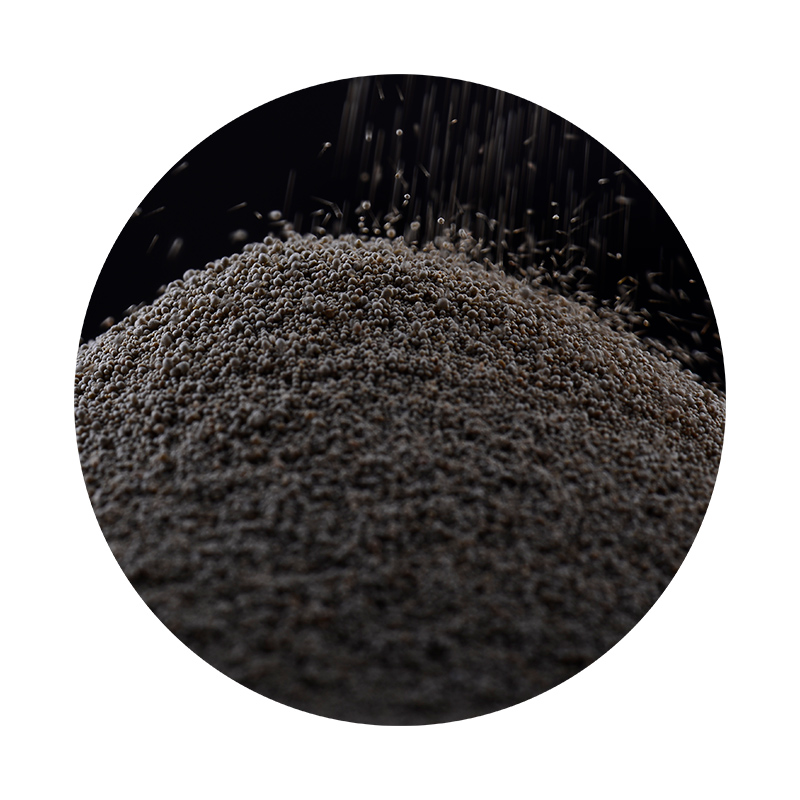Understanding Sand Casting Definition, Process, and Applications
Sand casting, also known as sand mold casting, is a versatile and widely used metal casting process in which molten metal is poured into a mold made of sand to create a desired shape. This method has been utilized for centuries and remains popular due to its simplicity, flexibility, and cost-effectiveness. In this article, we delve into the definition of sand casting, the stages involved in its process, and its applications across various industries.
Definition of Sand Casting
At its core, sand casting involves creating a mold from a mixture of sand and a binding agent, typically clay. This mold serves as a cavity into which molten metal is poured. Once the metal cools and solidifies, the mold is broken away to reveal the cast part. Sand casting can accommodate a variety of metals, including aluminum, brass, iron, and steel, making it suitable for producing a wide range of components.
The Sand Casting Process
The sand casting process can be broken down into several key steps
1. Pattern Making The first step is to create a pattern, which is a replica of the final part to be produced. Patterns can be made from various materials, including wood, metal, or plastic, and can be crafted in different configurations to account for shrinkage and to facilitate the mold-making process.
2. Mold Preparation The next step involves preparing the sand mold. This is done by packing a sand and binder mixture around the pattern to form a mold. The sand is typically coarse, allowing for easy shaping and removal. Once the sand is compacted around the pattern, it is removed to leave a cavity that mirrors the shape of the pattern.
3. Core Making For hollow shapes or intricate designs, cores may be used. Cores are made from a similar sand mixture and are placed inside the mold cavity to create internal features.
sand casting definition

4. Melting and Pouring The metal is then melted in a furnace to reach a liquid state, at which point it is poured into the prepared mold. The pouring must be done carefully to ensure that the mold fills completely and without defects.
5. Cooling and Solidification Once the molten metal is poured into the mold, it cools and solidifies. The cooling time will vary depending on the metal used and the thickness of the cast part.
6. Mold Removal After the metal has solidified, the mold is broken apart to retrieve the cast part. This may involve shaking, vibrating, or manually breaking the sand mold.
7. Finishing Finally, the cast part may require additional finishing processes such as sanding, machining, or heat treatment to meet specific tolerances and surface finish requirements.
Applications of Sand Casting
Sand casting finds applications in various industries, thanks to its adaptability. It is commonly used in manufacturing automotive components, machinery parts, and tools, as well as in the production of decorative items and sculptures. The automotive industry, in particular, benefits from sand casting for producing engine blocks, cylinder heads, and various brackets due to its ability to create complex geometries at relatively low costs.
Moreover, sand casting is an optimal choice for producing both small and large quantities of metal parts. It is particularly advantageous for low to medium volume production runs, as it allows for quick pattern changes and adjustments, enabling manufacturers to respond swiftly to market demands.
Conclusion
In summary, sand casting is a fundamental manufacturing process that allows for the production of metal parts with intricate designs. Its definition encompasses a series of steps from pattern making to mold removal that ultimately leads to the creation of high-quality components. With its widespread applications across numerous industries, sand casting remains a cornerstone of metalworking and manufacturing, continuously evolving with advancements in technology and materials.
Post time:Dec . 18, 2024 09:34
Next:Innovative Techniques in Additive Manufacturing with 3D Sand Printing Technology
